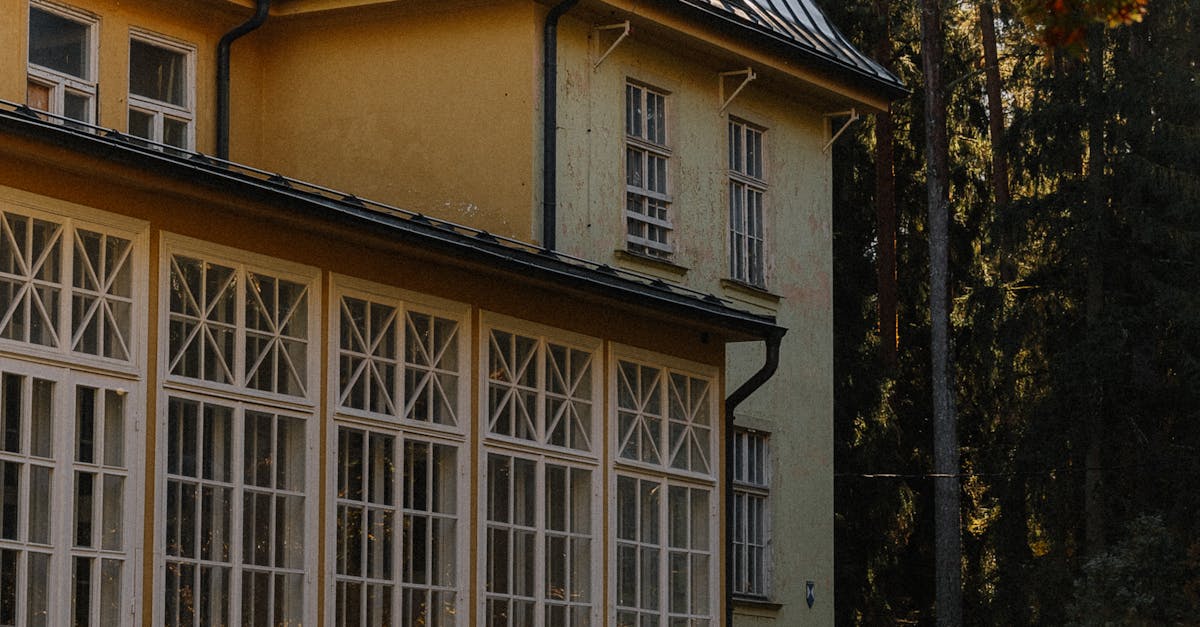Tile To Metal Roofing Substitution Sydney

Table Of Contents
Tile To Metal Roofing Substitution Sydney
When considering home renovations, one of the most significant components to focus on is the roofing system. In regions like New South Wales, where the climate can be quite varied, homeowners often look for durable and aesthetically pleasing options. For those contemplating an upgrade or overhaul of their roofing structure, Tile Roof Replacement Sydney offers a reliable solution that combines style and functionality. This roofing method not only enhances the visual appeal of a home but also provides superior protection against the elements.
In Sydney, the demand for high-quality roofing solutions has led to an increased interest in tile options. Tile roof replacement sydney stands out as a popular choice for many homeowners seeking longevity and resilience. With an array of styles and colors available, residents can achieve the desired look while ensuring their home remains safe and energy-efficient. Whether a homeowner is renovating an existing property or building a new one, tile roofs are an investment that can significantly increase the property’s value and performance over time.
Benefits of Changing from Ceramic Roofing to Steel
Changing from slate roofs to aluminum offers several benefits for homeowners. One significant advantage is resilience. Aluminum roofs are known for their ability to withstand harsh weather conditions, like heavy rain, snow, and strong winds. Such a robustness translates into a longer lifespan compared to traditional slate options. In addition, aluminum roofs are less heavy, making installation easier and more cost-effective for homeowners.
Another advantage of converting to aluminum roofing is energy efficiency. Metal roofs reflect sunlight, which can help reduce cooling costs during hot summers. Such reflective properties also contribute to lower energy bills, and they also promote a more comfortable indoor environment. Furthermore, many aluminum roofing options are designed to be environmentally friendly, making a more eco-conscious choice for homeowners looking to improve their home's performance.
Importance of Changing to Metal Roofs for Sydney
Changing to steel roofs is a notable choice in homeowners of the Sydney Area. The type of roofing offers superior durability to withstand extreme weather conditions, which is important in this climate. In addition, steel roofs demand less maintenance, keeping homeowners time and money throughout the years.
A further benefit of transitioning to steel roofing is their energy-saving capabilities. Metal roofs deflect heat effectively, which can assist in lowering air conditioning costs during the hot summer months in the Sydney Area. Moreover, these roofs are eco-friendly, often made from recycled materials and being fully recyclable at the end of their lifespan. This combination of benefits makes the choice to change to steel roofing a smart investment for homeowners of the area.
Typical Challenges During Replacing Ceramic Roofing to Metal
Replacing tile roofs to steel can introduce several challenges for homeowners. A primary issue involves the weight difference between tile and steel materials. Ceramic roofs are generally heavier, which may require adjustments to the existing roof structure to ensure it can support the new material. Additionally, the conversion from a roofing type to another often requires compliance with local building codes, which can add complexity to the project.
Another common challenge involves the potential for leaks or gaps during the installation process. Aluminum roofs require precise fitting and sealing to prevent water infiltration, which can lead to issues down the line. Insufficient installation techniques may not only compromise the roof's integrity but also result in higher maintenance costs. Alongside this, the change in roofing style may also affect the home’s overall aesthetic, prompting residents to consider their choices carefully before proceeding.
Ways to Tackle Problems of Roof Replacement
Upgrading a metallic roof instead of a ceramic roof can present various challenges. A primary concern is the structural integrity of the existing framework. Before commencing the installation, it is essential to assess the condition of the underlying structure. Any weaknesses in the frame can lead to complications during the replacement process. Conducting necessary reinforcements can ensure a seamless transition to the new roofing material.
An additional issue that may arise is the adaptation of the roof's aesthetic. Metallic roofs can differ greatly in appearance compared to ceramic roofs. Residents should consider how the new roof will integrate with the overall look of their home. Careful planning and consultation with roofing professionals can help in selecting a style that complements the existing structure. Such steps can greatly enhance both the performance and appearance of the home.
Exploring Fitting Steps for Slate to Aluminum Roofing Replacement
Replacing a tile roof for aluminum often is an important home improvement endeavor. The implementation process involves careful planning and a appropriate materials. First, a current roof must be properly removed, as this ensures a strong structure for the new aluminum roof.
Following this, a implementation of replacement aluminum roof is able to begin. Such process includes installing each aluminum panels onto the prepared framework. Correct sealing and fastening are vital to ensure water resistance and longevity. Finally, a concluding inspection takes place crucial to confirm all aspects is fitted accurately.
Detailed Overview of Roof Transition Fitting
Transitioning your ceramic roof to a steel roof can seem challenging at first. Yet, through a detailed explanation, the process becomes less complicated. Initially, it is essential to inspect the existing tile roof for any problems or defects. Following that, gently remove the tiles while confirming the underlying structure remains unharmed.
After the tiles are removed, fitting the metal roofing demands proper preparation of the decking. The step involves installing a moisture barrier to shield the roof from water damage. Following, the metal panels can be secured to the roof structure with the appropriate fasteners. To wrap up, it is crucial to ensure all seams are sealed properly to prevent leaks. Wrapping up the project involves a thorough inspection to confirm everything is installed correctly.